Greece's Culture Ministry will restrict access to the Acropolis site from noon to 5pm during the peak summer season in 2024. Photo: Aris Oikonomou/AFP/Getty Images
According to CNN, climbing to the top of Athens' Acropolis hill is always a feat for the bravest people. Perhaps never before have cities in Europe faced such prolonged and dangerous heat waves as in recent years.
This UNESCO World Heritage site offers little shade. Standing amid the Parthenon's exquisitely crafted white marble columns, reflecting the harsh Mediterranean sun, is more a test of endurance than simply a dream come true.
And it's not just the Acropolis. Athens has always been scorching hot in the summer, but never as "horrible" as it is now.
It is the hottest capital in mainland Europe but saw a record high in 2024, a situation that is becoming the new norm. The entire Mediterranean is warming faster than the global average.
As tourism to Greece is booming, officials say Athens is expected to welcome a record 10 million visitors this year. In July and August, when temperatures are expected to be even harsher, the country’s national weather agency predicts a record surge in tourism during the peak season.
The increase in tourist numbers also puts pressure on scarce water resources and infrastructure.
Some articles in the Greek press commented that the process of exploiting the country's tourism resources to the maximum is no longer meaningful when Greeks are gradually losing their personal space.
“To put it bluntly, we are leaving to future generations of Greeks not only a huge debt but also a Greece without a summer. Anxiety about the coming months is high,” the article said.
Yet amid the fear, there is certainly hope. Observers say it is time for Greece to adapt or face dire consequences.
Athens Mayor Haris Doukas stressed that building resilience is vital. And if adaptations to high temperatures can be handled, the increased tourist numbers in the summer will not be a concern.
Urban radiator
In the short term, early warning systems for heat waves and real-time temperature data monitoring, combined with water fountains, air-conditioned cooling centers and shady small parks have been put into use to help visitors cool off in the summer.
Emergency services were deployed, including around the foothills of the Acropolis, to assist distressed visitors.
“Tourists often underestimate the heat, especially those from colder climates. They don’t think to wear a hat or bring enough water,” said Iris Plaitakis, a tour guide who regularly visits the Acropolis.
Extreme heat is dangerous. “Heatwaves are responsible for more than 80% of deaths from weather and climate events in Europe,” says Ine Vandecasteele, an urban adaptation expert at the European Environment Agency.
In the long term, observers say Athens must move towards a redevelopment plan for the city, which is one of the least green cities in Europe and the second most populous after Paris.
What's more, Greece, and Athens in particular, is home to one of the oldest populations in Europe – a group vulnerable to extreme heat.
In 2021, the city became the first in Europe to appoint a “dedicated heat agency” to promote and coordinate adaptation and resilience strategies.
The strategy comes as the city begins to focus on nature-based solutions to reduce the heat island effect, a phenomenon that causes cities to become much hotter than their natural surroundings.
"In just over a year we have planted 7,000 trees, which is very difficult to do in such a crowded city. We want to reach 28,000 trees in the next four years," said Doukas, the mayor of Athens.
Athens is reviewing its urban infrastructure, redesigning roads and choosing heat-absorbing materials, according to Mr. Doukas.
Resilience-building initiatives include the creation of detailed heat maps for targeted interventions. In particular, the creation of a microforest, Greece’s first, in Kypseli, the most densely populated place in Europe.
“The goal is to reduce temperatures to 5 degrees Celsius within the next five years by creating targeted microclimates,” said Mr Doukas.
In the leafy suburb of Chalandri, the restoration of a second-century Roman aqueduct that irrigated green spaces and cooled neighborhoods has attracted much attention.
“The pipeline transports water that would otherwise be wasted. When the new pipelines come online this summer, we will save 80,000-100,000 cubic meters a year,” said project manager Christos Giovanopoulos.
It's time to "break the concrete"
With its dense network of architecture, modern Athens no longer resembles the ideal place people chose to settle millennia ago.
Juanjo Galan, associate professor of urban planning at Spain's Technical University of Valencia, has seen the city undergo green revolutions, being named European Green Capital 2024 for its achievements in green transition and climate neutrality.
“In Spain, we say you can’t make an omelet without breaking some eggs. Like Valencia, Athens will have to break some concrete, invest in green infrastructure and heat-absorbing materials. It will take time, but it can be done,” he said.
Source: https://baovanhoa.vn/du-lich/hy-lap-lam-mat-cho-du-khach-vao-mua-he-nong-nuc-138396.html


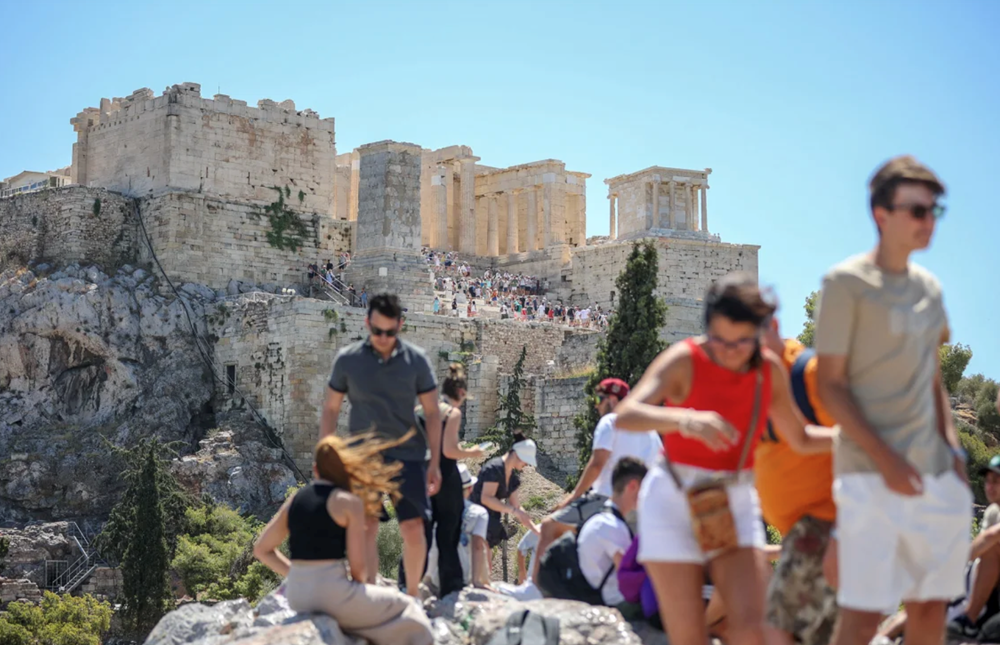


![[Photo] Cutting hills to make way for people to travel on route 14E that suffered landslides](https://vphoto.vietnam.vn/thumb/1200x675/vietnam/resource/IMAGE/2025/11/08/1762599969318_ndo_br_thiet-ke-chua-co-ten-2025-11-08t154639923-png.webp)
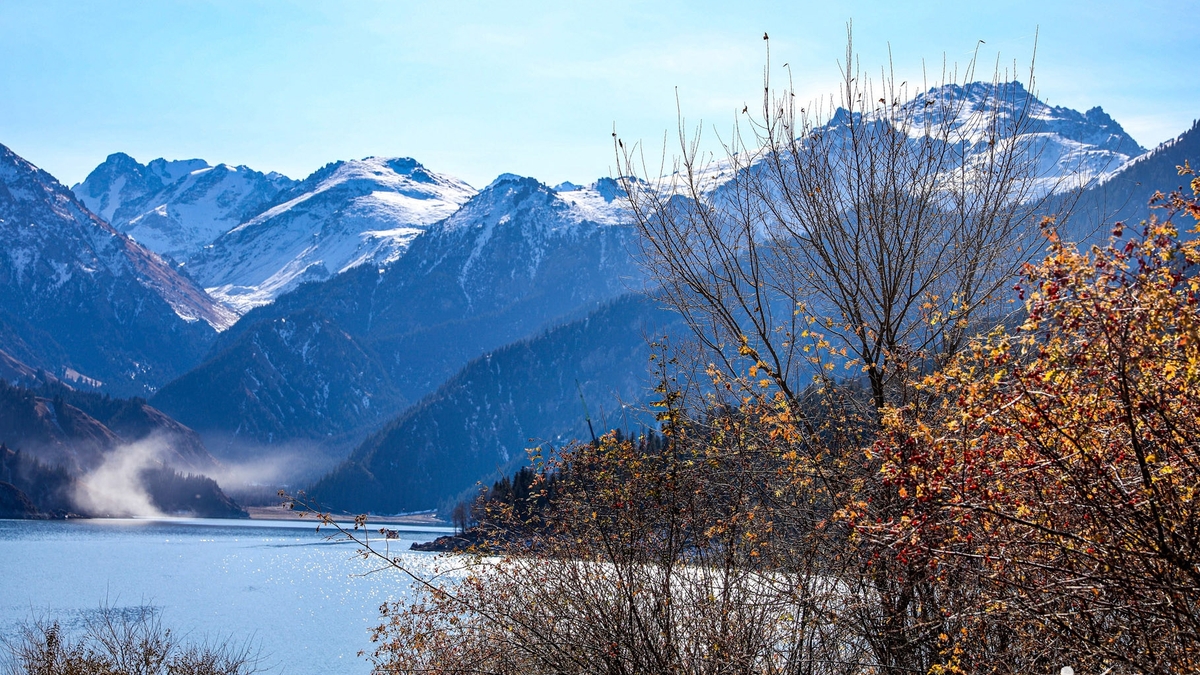






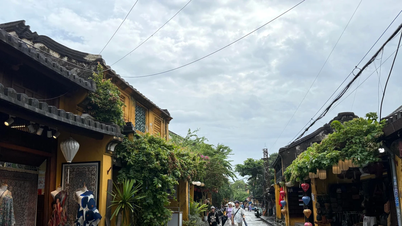









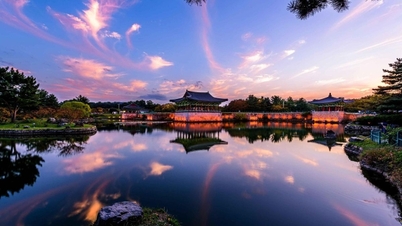








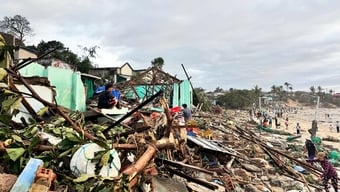

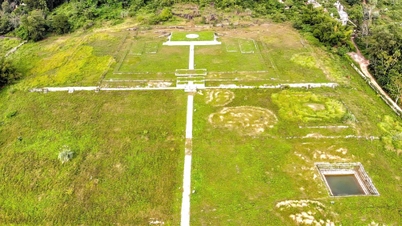




![[Photo] "Ship graveyard" on Xuan Dai Bay](https://vphoto.vietnam.vn/thumb/1200x675/vietnam/resource/IMAGE/2025/11/08/1762577162805_ndo_br_tb5-jpg.webp)






![[Video] Hue Monuments reopen to welcome visitors](https://vphoto.vietnam.vn/thumb/402x226/vietnam/resource/IMAGE/2025/11/05/1762301089171_dung01-05-43-09still013-jpg.webp)





































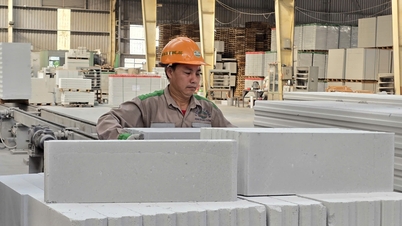






























Comment (0)